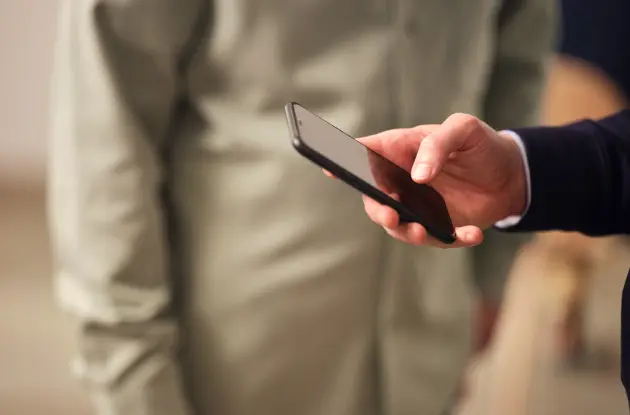Hearing Aids and Bluetooth, What’s the Connection?
What is Bluetooth?
Bluetooth is a type of Wireless Local Area Network (WLAN) technology that provides connectivity between electronic devices. In recent years, the use of Bluetooth technology has become increasingly popular in everyday life, from connecting to hands-free headsets to sharing files and data between devices. However, for people with hearing loss, Bluetooth technology is transforming their lives by providing greater access to hearing aids. We are going to dive deeper and explore the ways in which Bluetooth and hearing aids interact, as well as the potential benefits of this technology for individuals with hearing loss.
How Bluetooth and Hearing Aids Interact
Bluetooth technology is increasingly being used in hearing aid devices to improve the user’s experience. Bluetooth-enabled hearing aids work in a very similar way to Bluetooth-enabled phones. In the past, hearing aids needed to be paired to an intermediary device to enable cell phone pairing. More recently, hearing aids can pair directly to cell phones or tablets, and many work like wireless Bluetooth headsets in that the hearing aid microphone can be used for the phone call, handsfree. Once paired to cell phones, hearing aids can also be controlled by apps. This enables the user to adjust the settings of the hearing aids via their smartphone or tablet. This technology has advanced significantly in the last few years, and with new hearing aid technology, most cell phones and tablets can stream directly to hearing aids without an intermediary device – allowing individuals with hearing loss to experience high-quality audio without the need for external audio devices.
Benefits of Bluetooth-Enabled Hearing Aids
Bluetooth can offer a stable connection not only to devices like tablets and cell phones, but also to other assistive listening devices that can improve hearing the TV, pass around microphones which can strengthen communication one-on-one or in a small group if the environment is noisy, and it also allows the user to make adjustments to the hearing aids easily and quickly through apps or handheld remote controls. In addition, Bluetooth also offers greater flexibility when it comes to hearing aid settings, as the user can access a wide variety of settings through apps, without having to manually adjust any physical controls on the hearing aid. This can be especially helpful for people who find manual adjustment difficult or tedious.
Moreover, Bluetooth technology also offers a more secure connection by allowing the user to “pair” their hearing aid to their device. This means that any external devices or apps that are used to control the hearing aid must be verified before they can be used, which helps to protect against unauthorized access.
What if I’m not “Techy?”
Bluetooth is a great add on feature to hearing devices, but using additional Bluetooth features or devices you are uncomfortable with is not something you need to do to have a successful outcome with your hearing aids. Having Bluetooth in a hearing aid does not change the cost of the device, and does not impact how well you will hear with your hearing aids. Think of Bluetooth as the cherry on top. It adds a little something to your sundae, but it’s certainly not the main event!


